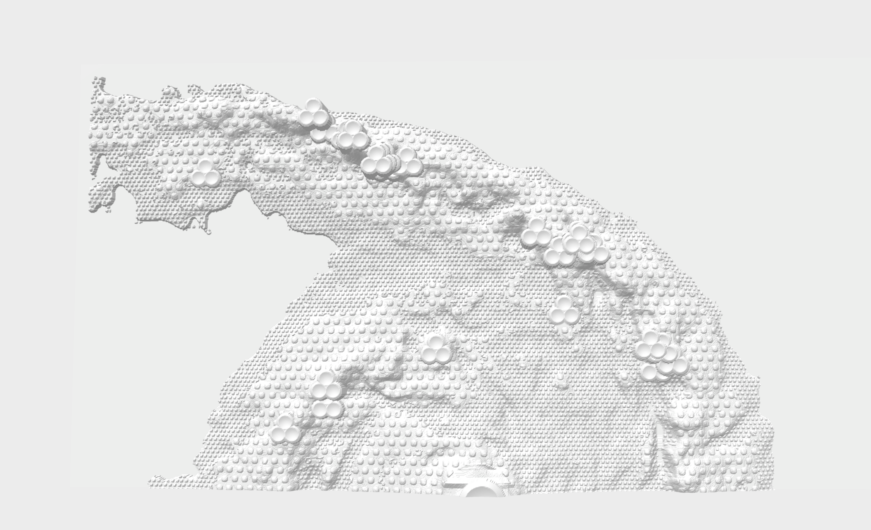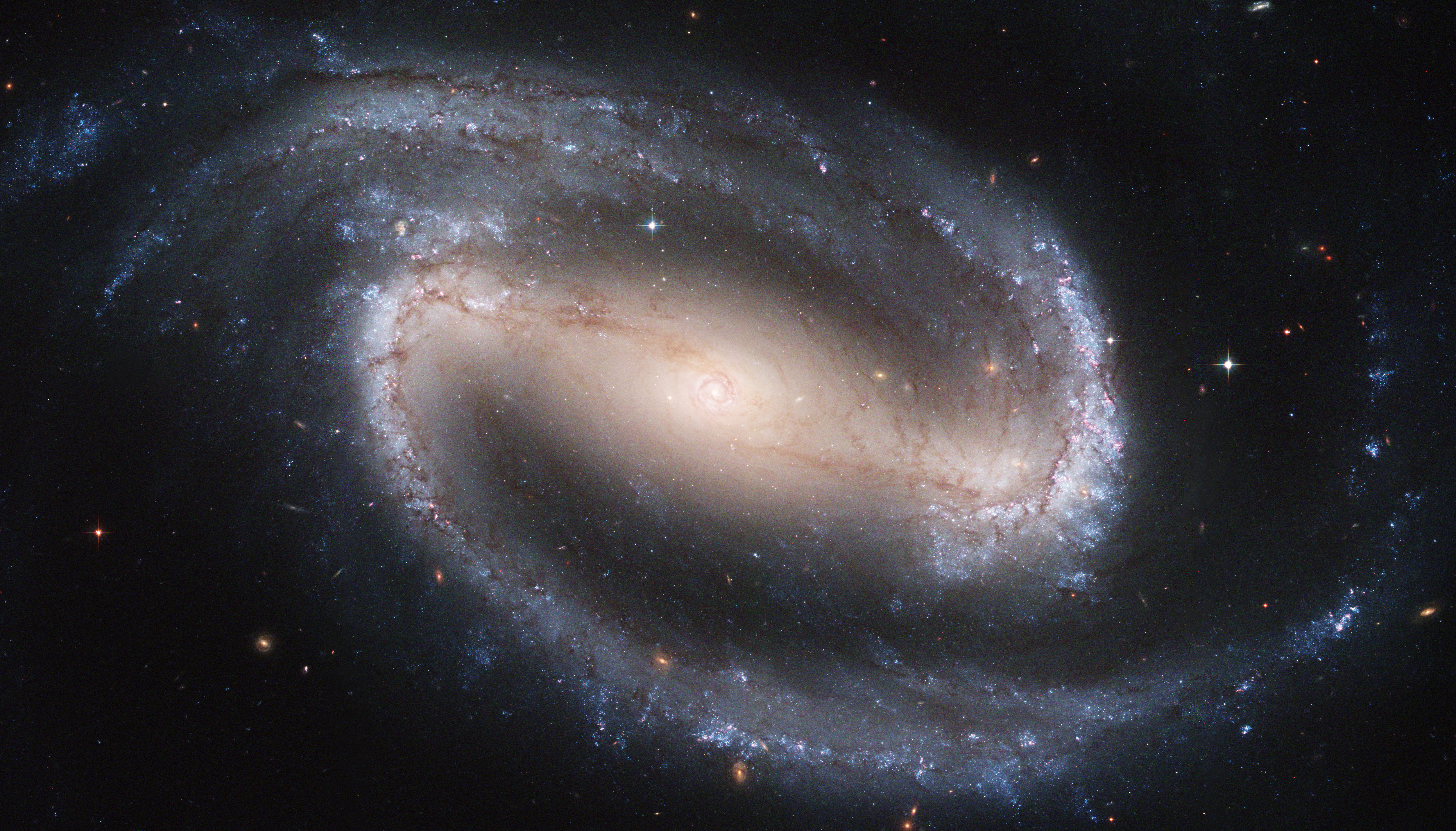  |
NGC1566. The image of NGC 1566, a beautiful galaxy located approximately 40 million light-years away in the constellation of Dorado (The Dolphinfish) was obtained with HST's Wide Field Camera 3 (WFC3). NGC 1566 is an intermediate spiral galaxy, meaning that while it has a hint of a bar through the center which is not well defined unlike other classical barred spirals.More about NGC1566 Part 1 stl file [download]. Part 2 stl file [download]. |
 |
NGC3344. The image of NGC 3344 shows a spectacular spiral galaxy with tightly wound spiral arms. The HST image of NGC 3344 presents itself nearly face-on, revealing the complex and elegant spiral structure. HST's capability of observing from the ultraviolet to the infrared shows features that would otherwise remain invisible.More about NGC3344 Part 1 stl file [download]. Part 2 stl file [download]. |
The Whirlpool Galaxy (also called Messier 51 or NGC 5194). This galaxy appears as a grand spiral sweeping through space. The spiral structrure comprises lanes of stars and gas laced with dust. The image of the Whirlpool Galaxy, taken in January 2005 with the Advanced Camera for Surveys with HST, showcases the curving spiral arms, where young stars reside, to the bright central core, a home of older stars. The galaxy is nicknamed the Whirlpool because of its swirling structure. In the image from the LEGUS data, and the 3Dprint it is easy to see that one side of the galaxy has many more star clusters than the other. In a larger view of the area, the companion to the Whirlpool is seen. It gives rise to the large number of clusters, due to tidal interactions. More about the Whirlpool Galaxy Part 1 stl file [download]. Part 2 stl file [download]. |
|
|
|
NGC1300. This galaxy is a beautiful example of a grand-design spiral with a prominent nucleus, well defined spiral arms, and a distinct bar spanning the galaxy. It is about 3,300 light-years (1 kiloparsec) long. Theoretical models suggest that the gas in a bar can funnel inwards, and then spiral into the center. It could then potentially fuel a central black hole. NGC 1300 is not known to have an active nucleus, however, indicating either that there is no black hole, or that it is not accreting matter. At Hubble's resolution, a myriad of fine details, some of which have never before been seen, is seen throughout the galaxy's arms, disk, bulge, and nucleus. It has numerous clusters which formed at the intersection of the bar and the spiral arms. These features are fairly easy to detect in the 3D prints. More about NGC1300 and also here NGC1300 stl file [download]. |
|
|





